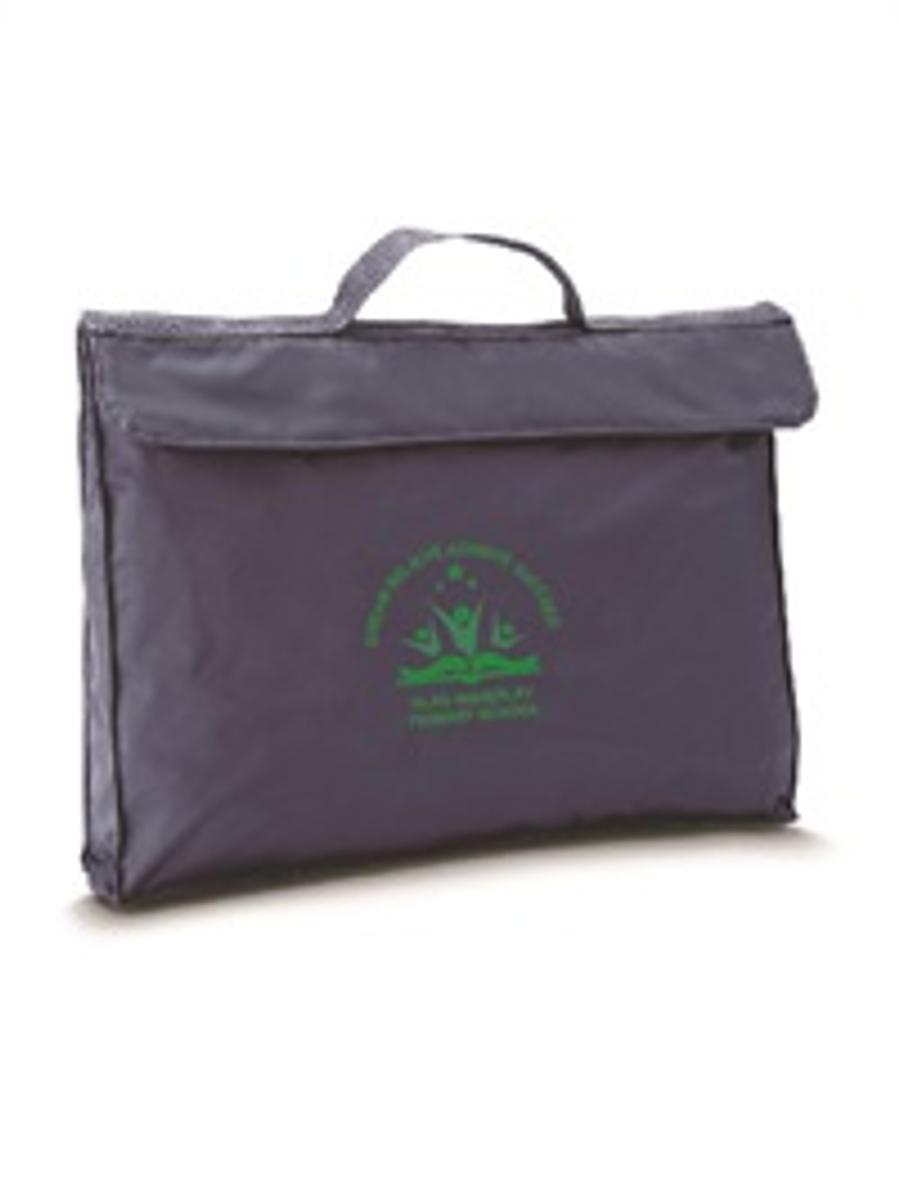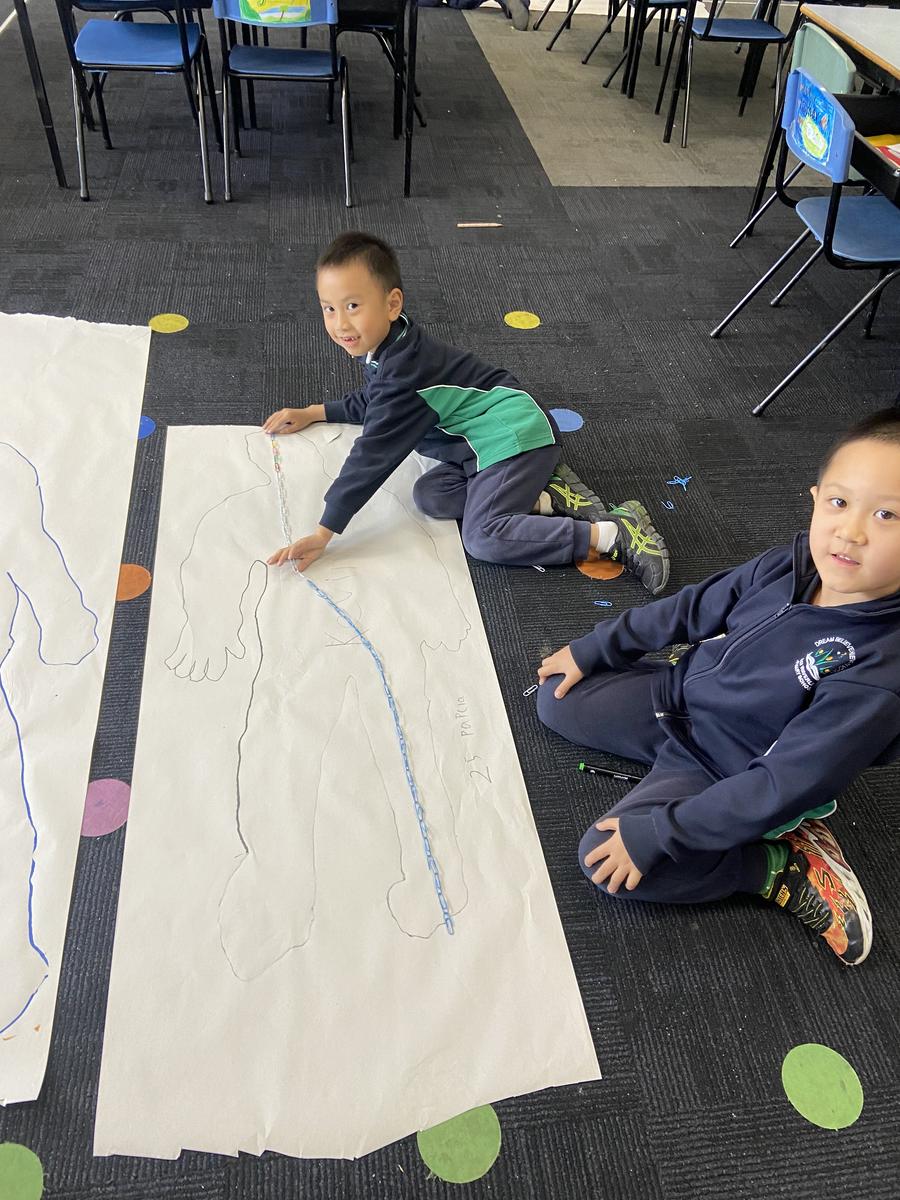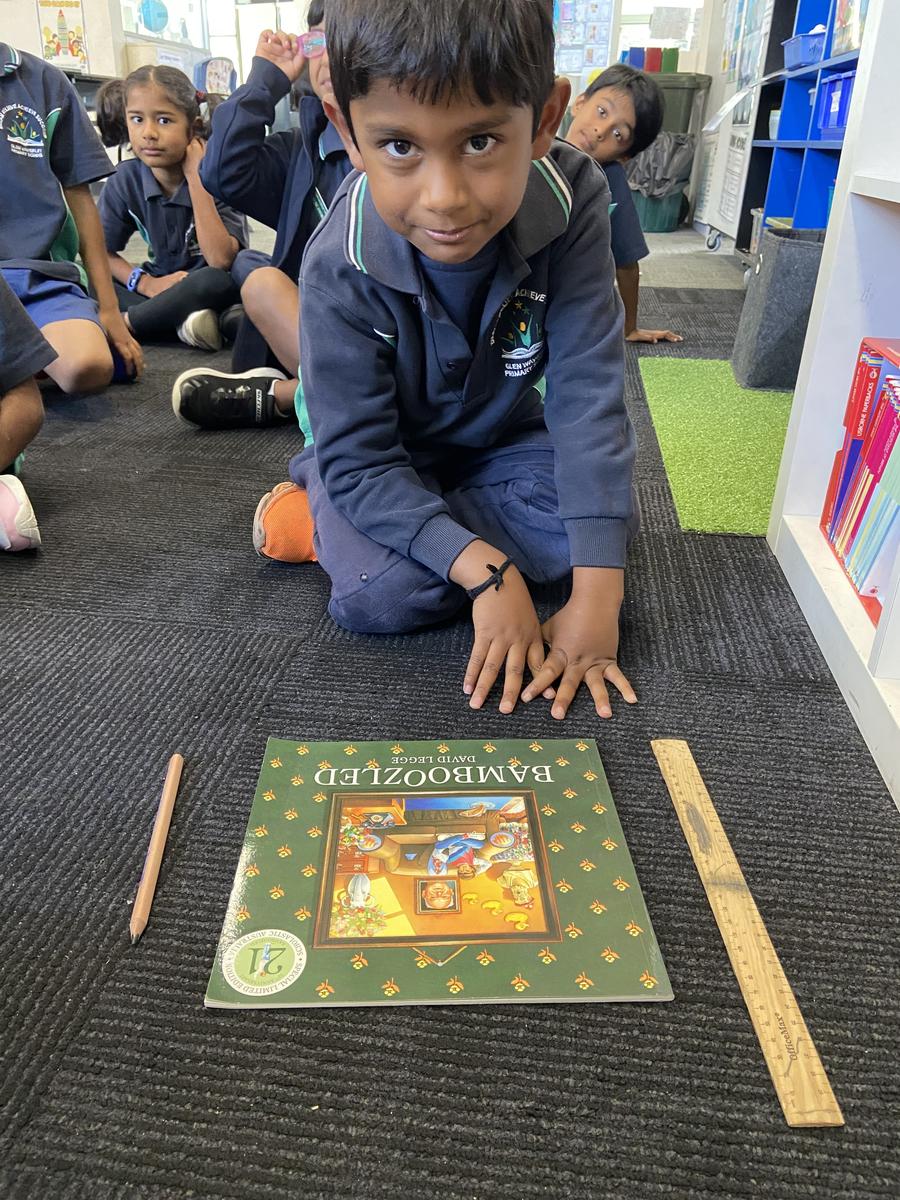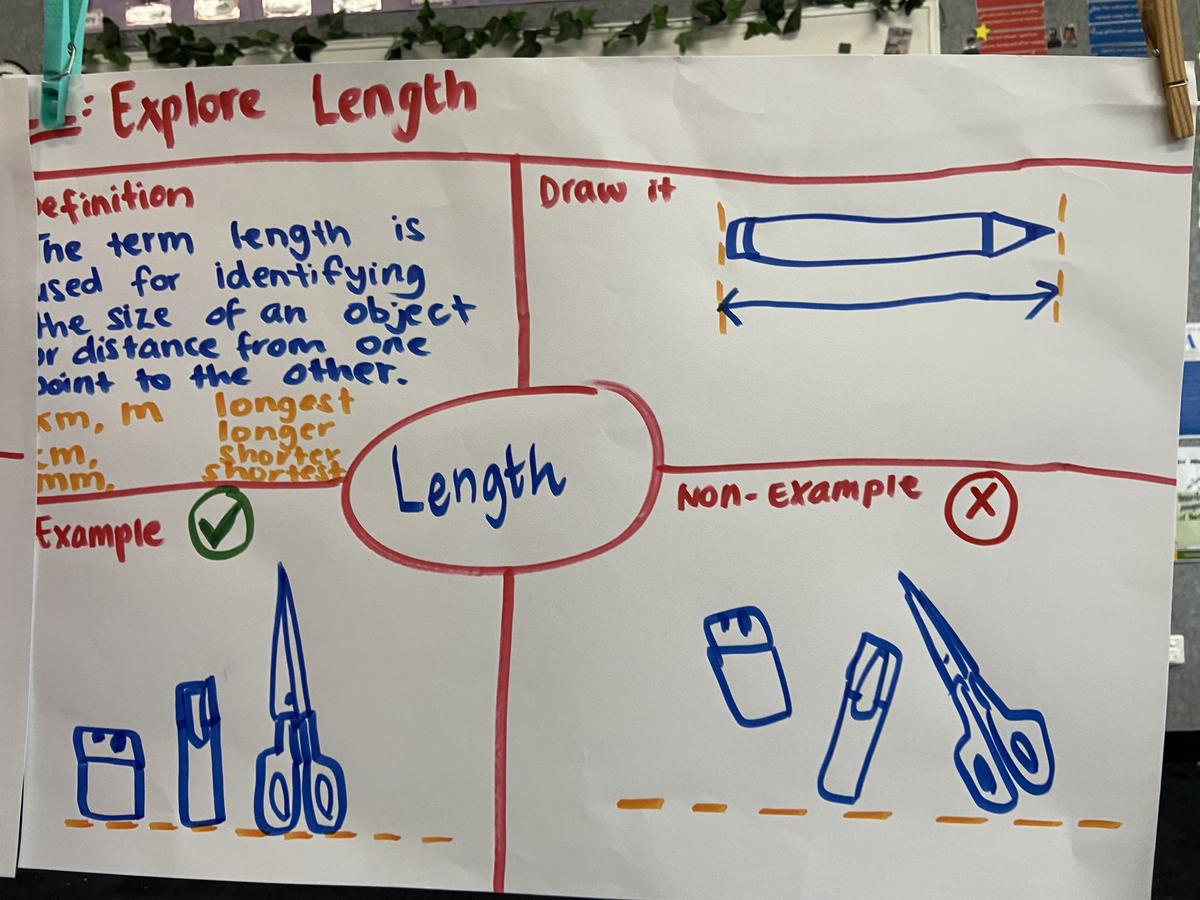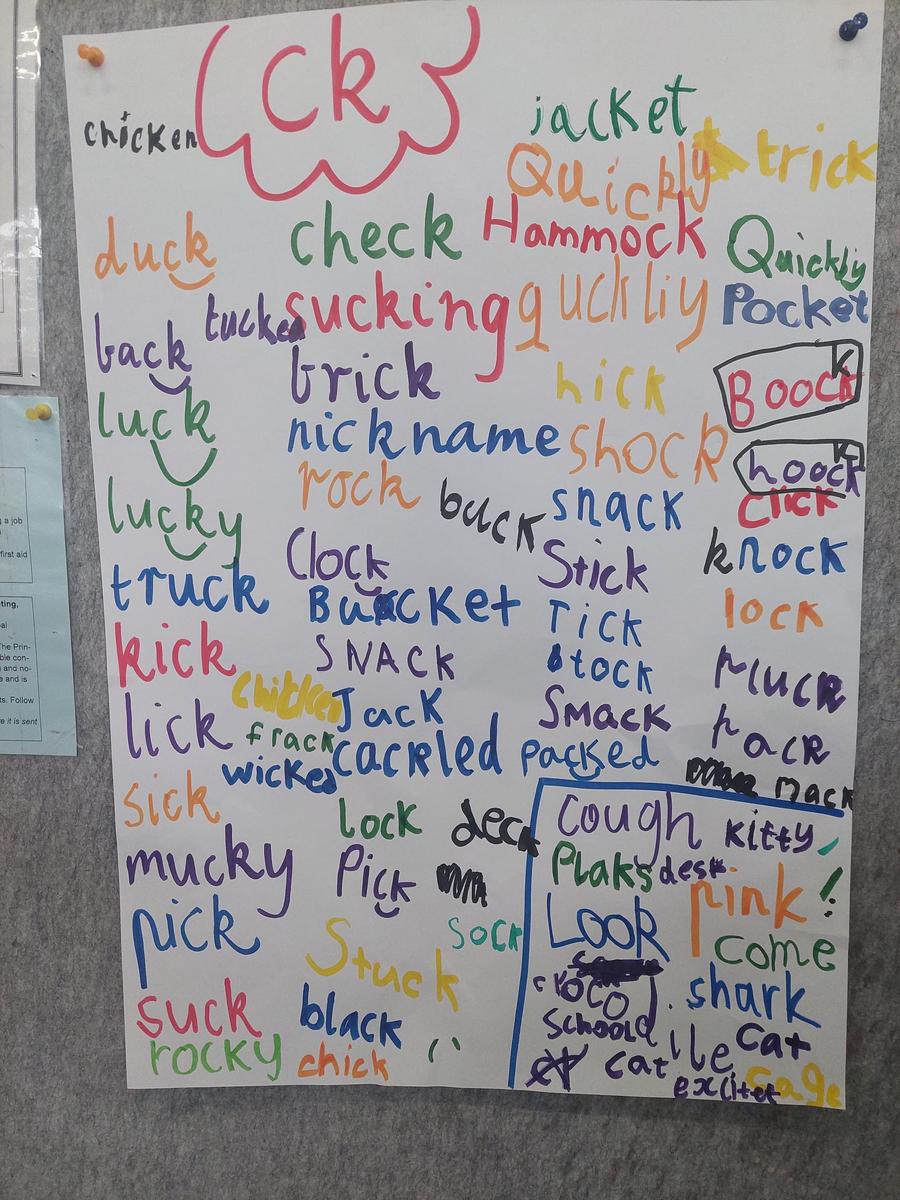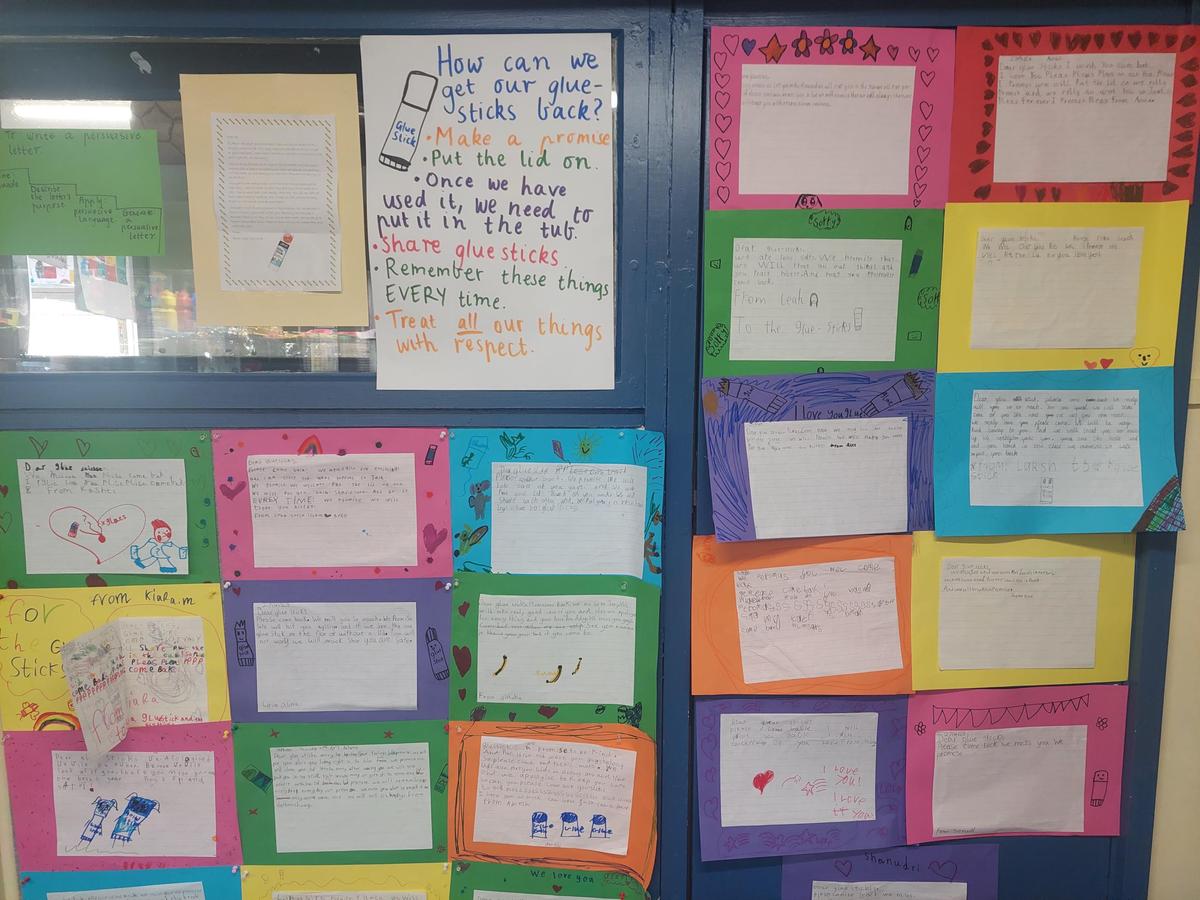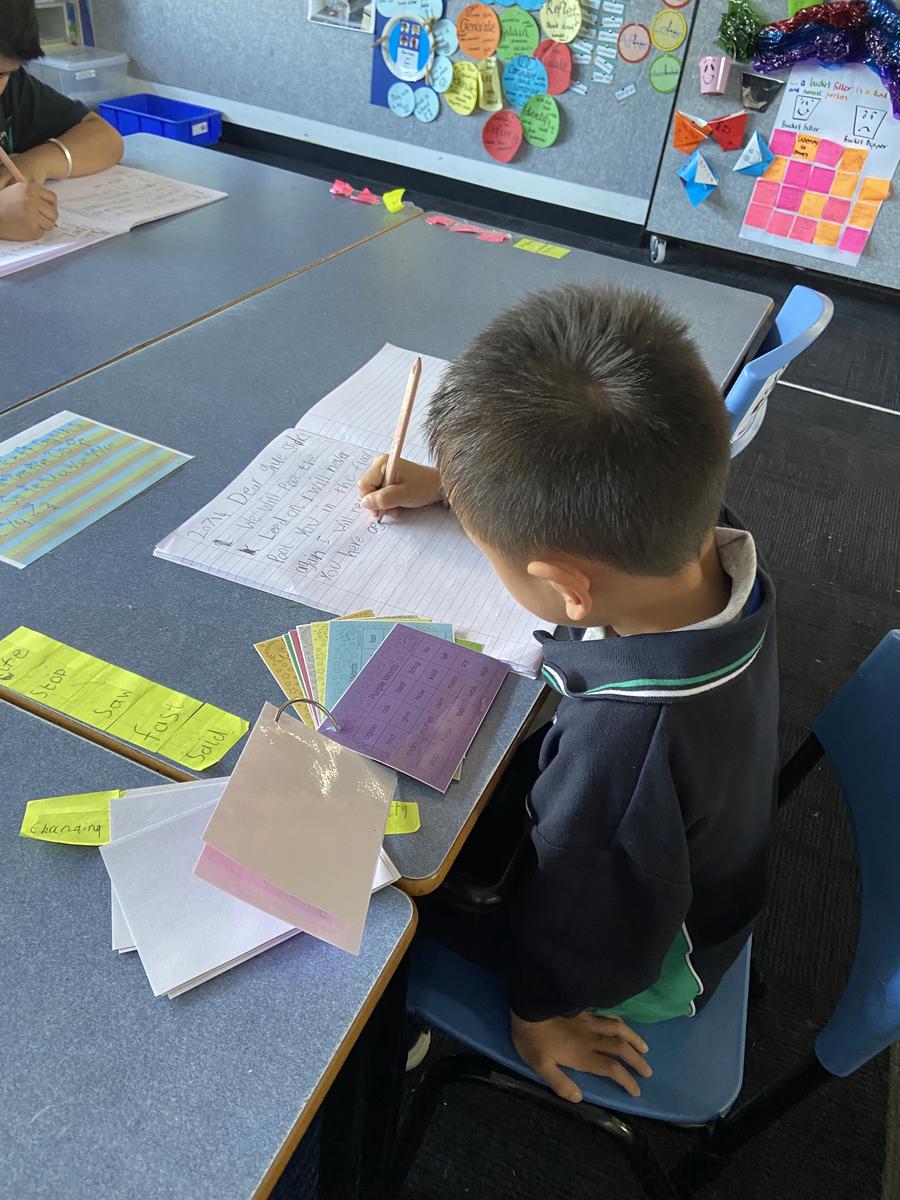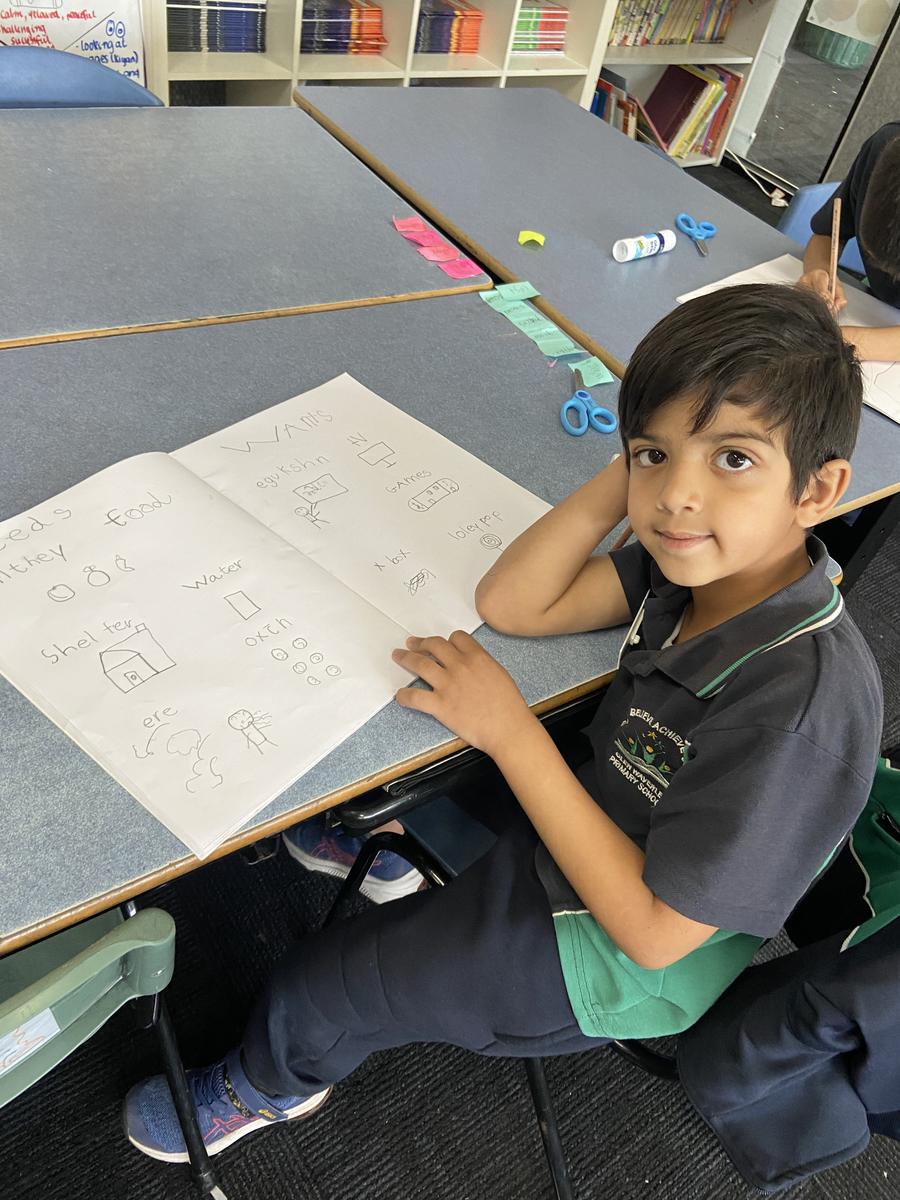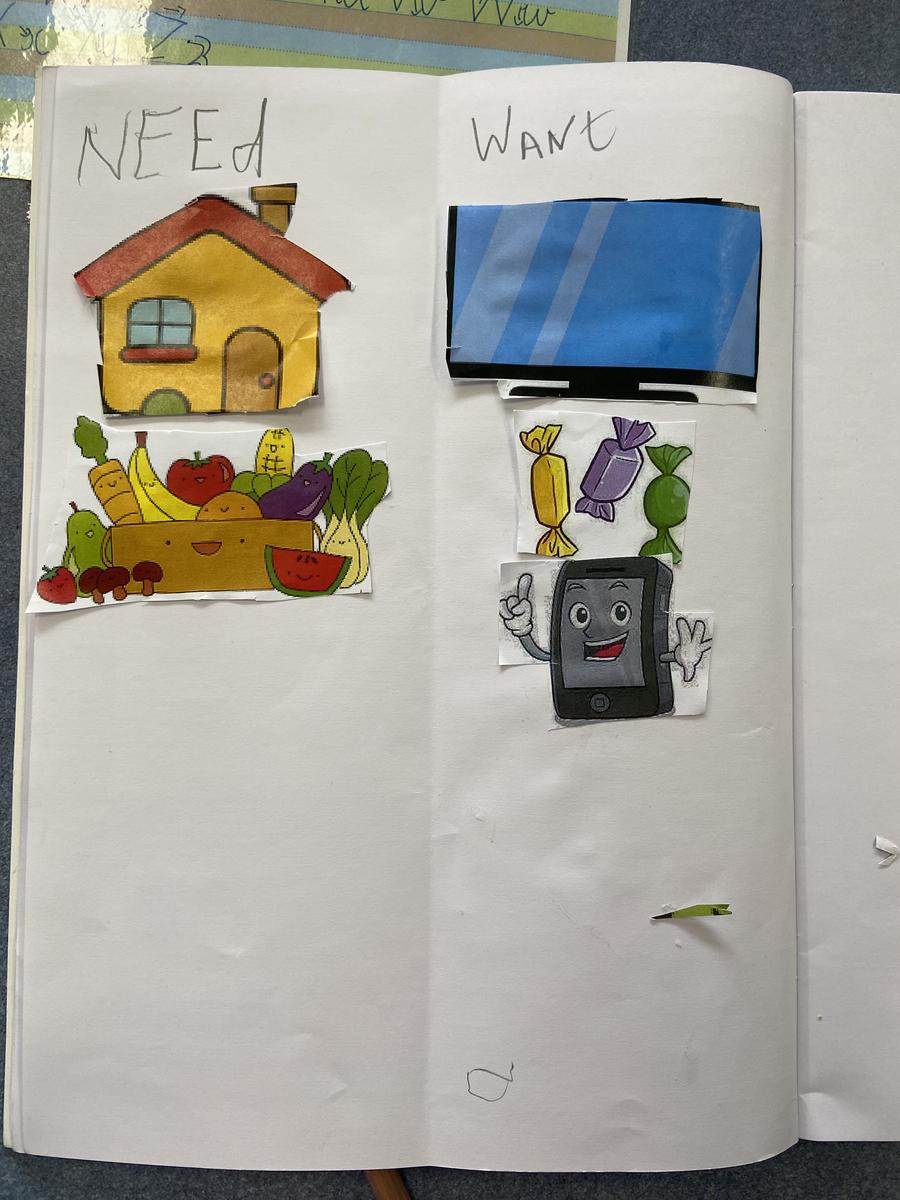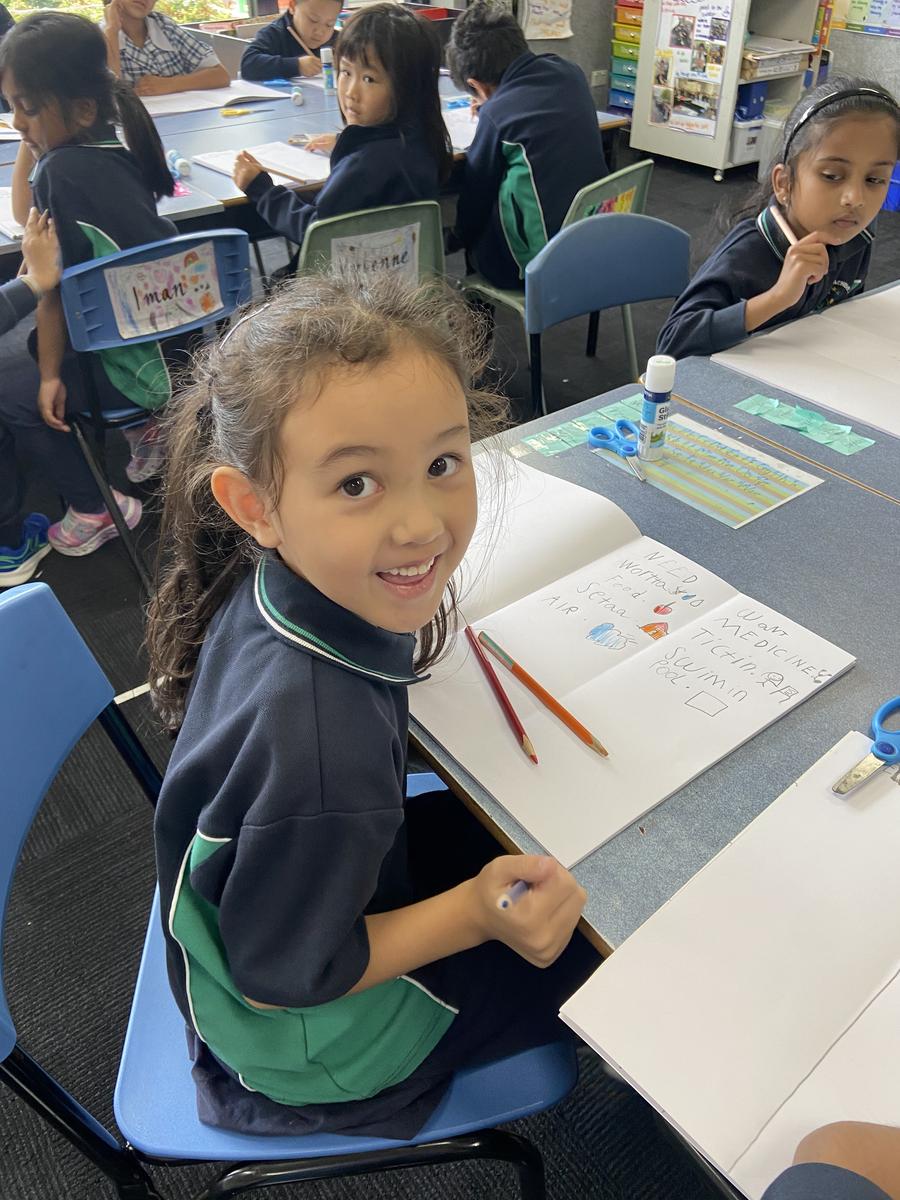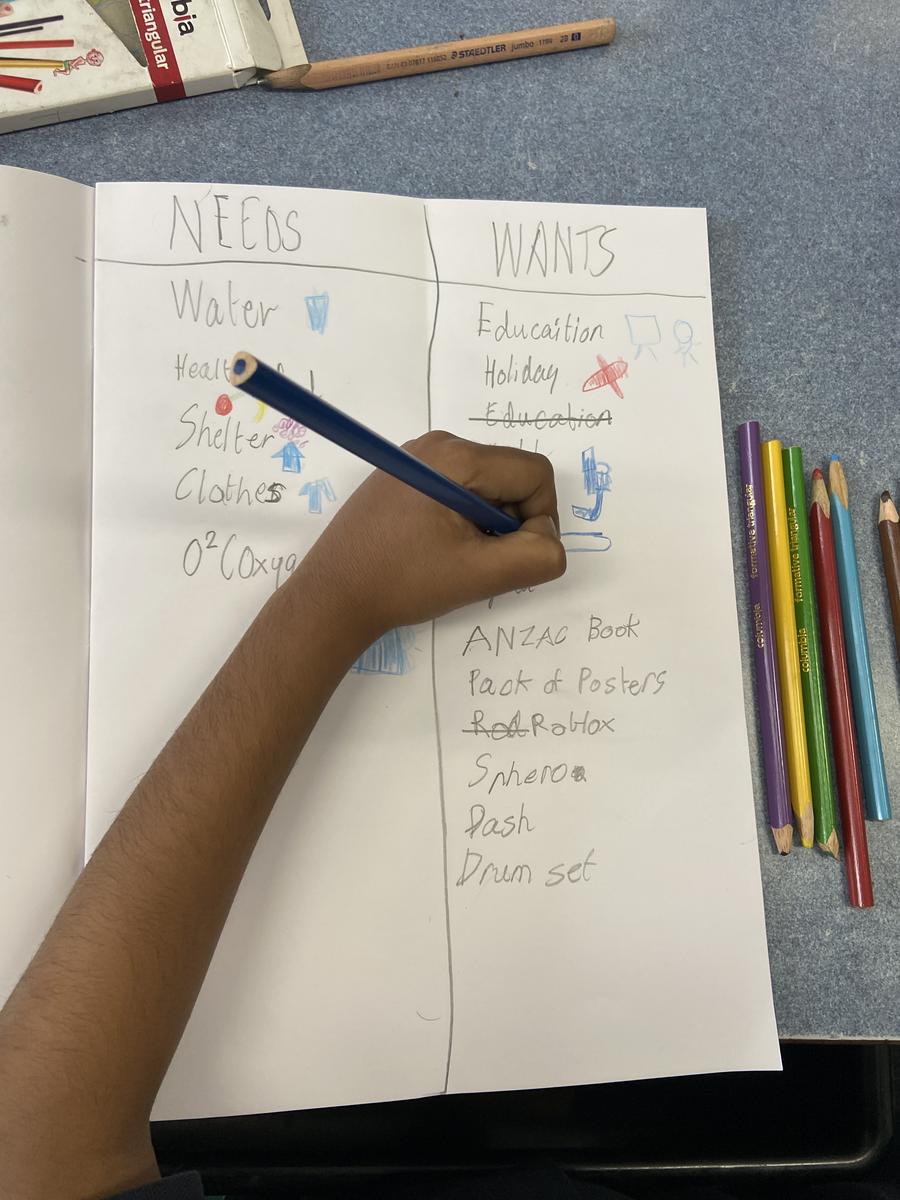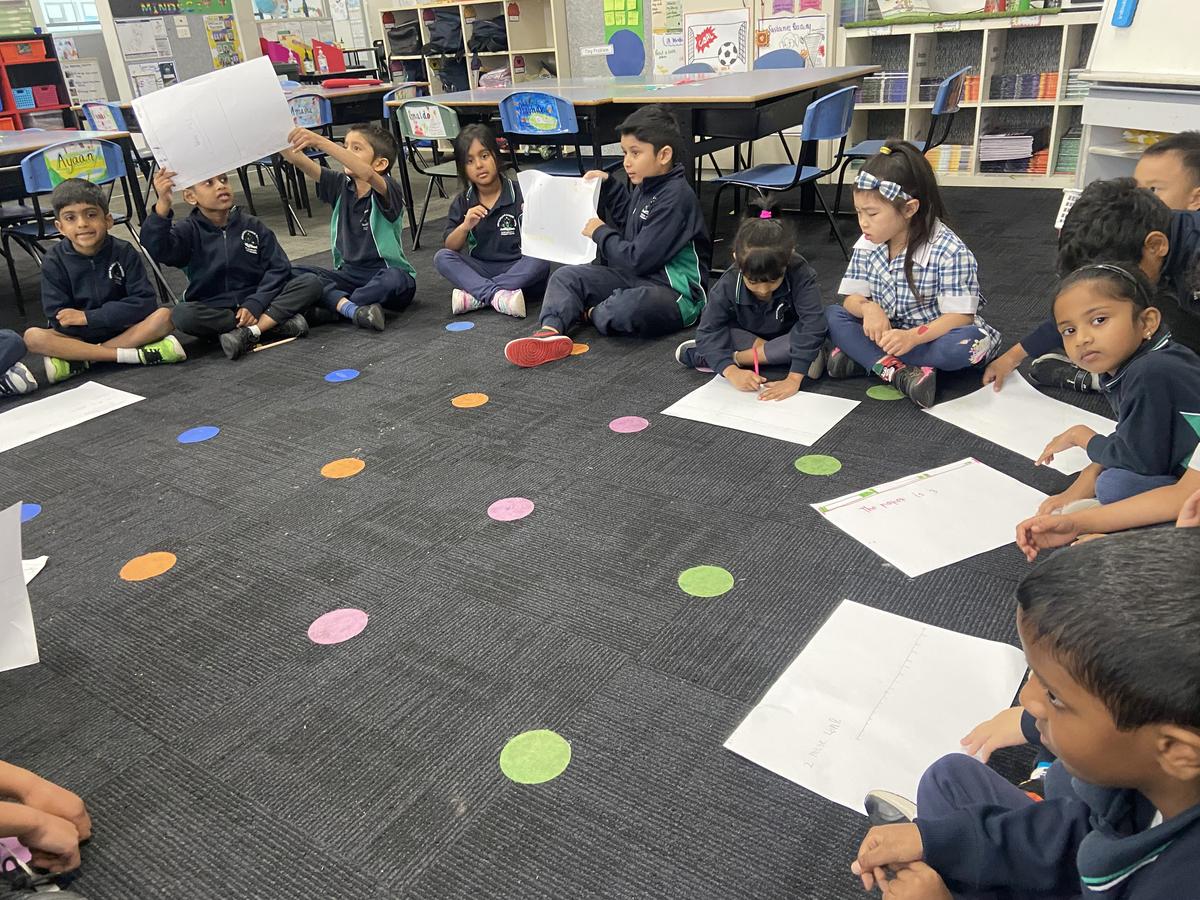Welcome Back to Term Two
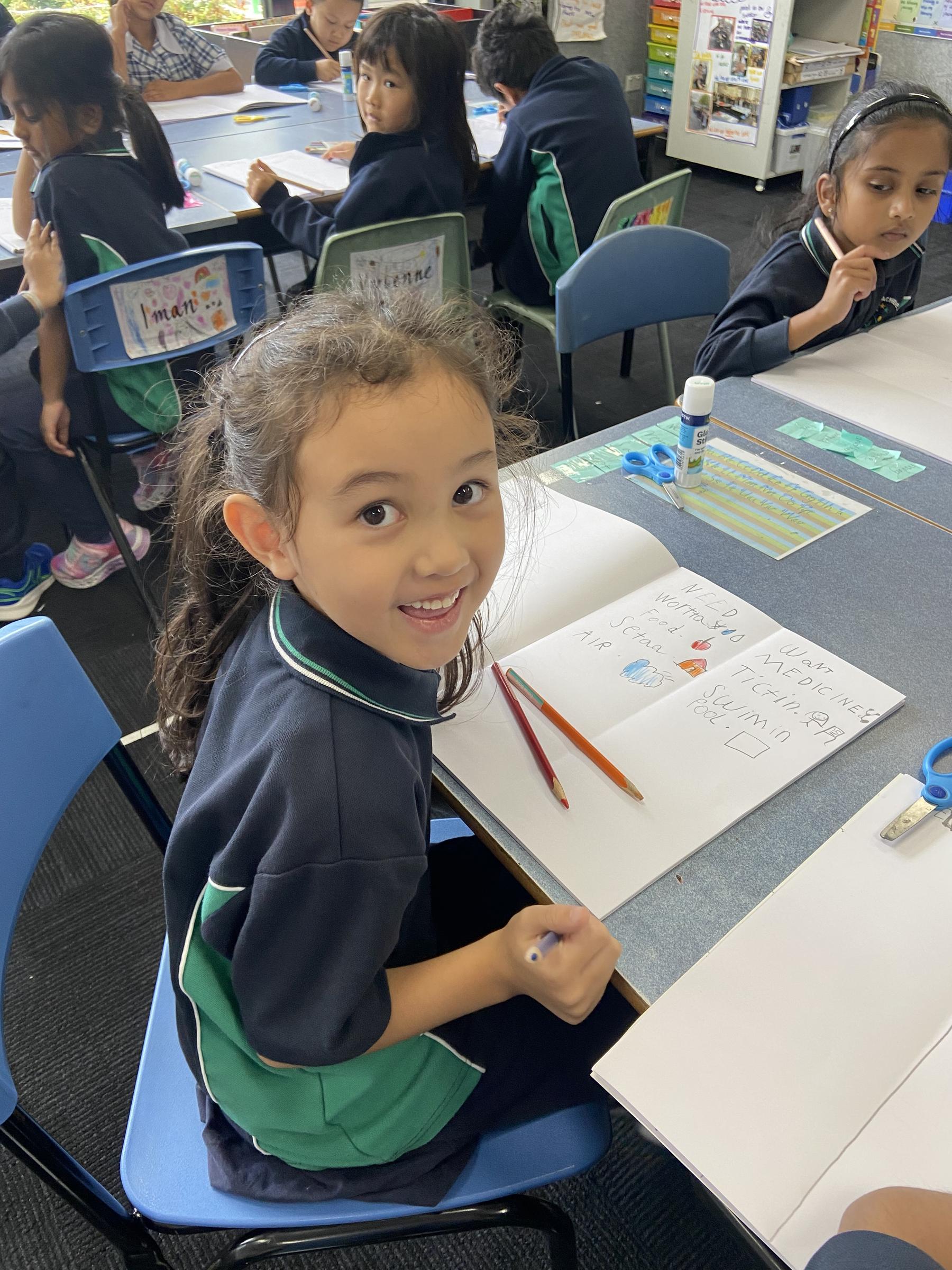
We are extremely excited for another fantastic term of learning. The Level One team would like to take the opportunity to welcome the new families to our school. This term, students will engage in a range of rich experiences to deepen their learning across all curriculum areas. They will learn about their own needs to survive as well as what animals need, through an Inquiry lens. They will even have the opportunity to engage with real-life animals to transfer their learning. We can’t wait! Additionally, students will continue to develop strategies in Literacy, Numeracy and You Can Do It as they build their independence in setting and achieving learning goals.
Important Dates for your Calendar
| Date | Event |
| Tuesday 9th May | Excursion to Chesterfield Farm |
| Wednesday 10th May | Mother’s Day Stall |
| Monday 29th May- Friday 2nd June | Education Week Celebrations at GWPS. Further information to follow. |
| Tuesday 6th June | Student Led Conferences |
| Monday 12th June | King’s Birthday Public Holiday- no school today |
| Wednesday 14th June | Student Led Conferences |
| Tuesday 20th June | Student Led Conferences |
Library Schedule
The Library timetable may have changed for your child’s class this term. Please see below for the library schedule. Please ensure your child brings their library bag and any books that need to be returned on their allocated day:
1A: Friday
1B: Wednesday
1C: Monday
1D: Thursday
1E: Monday
Mathematics
In Term Two, students will focus on the Mathematics curriculum strands of Measurement & Geometry and Number & Algebra. Students will continue to set personalised goals based on the four proficiencies of Problem Solving, Understanding, Reasoning and Fluency (SURF) to further develop themselves as mathematicians.
At the start of the term, students will explore Length by estimating, measuring and comparing objects using both formal and informal units of measurement. They will then learn about the functions of calendars and diaries; using them to locate dates, days, months and seasons. Both units enable students to link the learning of Mathematics to real life situations. Later this term, Teaching and Learning will return to Number & Algebra, where students will develop their learning of the Four Operations (+, -, x, ÷). They will learn about Subtraction and link the concept and associated strategies back to Addition. Towards the end of the term, students will explore Multiplication through skip counting, ‘groups of’ and arrays. They will also make connections to division by sharing into equal groups. As per our Whole School Approach to teaching Mathematics, all concepts will be taught through the use of concrete materials, pictorial representations and abstract representations to ensure deep and solid understanding for each concept.
To support your child’s Mathematics learning at home, you could:
- Compare common household items based on their length; for example: scarves or shoes.
- Estimate, then measure length of common household items using informal units of measurement such as: hand-span, paper clips, Lego pieces, etc.
- Estimate, then measure the length of common items using formal units of measurement such as: rulers and measuring tapes.
- Use a calendar and/or diary to locate family and cultural events.
- Use a calendar and/or diary to identify the duration of/time until these events occur, such as: “how long until…?”
- Count collections of common items using skip counting (2s, 5s and 10s), such as: stationery, pieces of fruit in a bowl, or books on a shelf.
- Use the language of ‘groups of’. For example, say 4 x 2 as “4 groups of 2s” (commonly known as “4 times 2”).
Reading
This term in Reading, Level One students will continue to use the CAFÉ reading program. This program emphasises the importance of Comprehension (understanding the book) alongside Accuracy (reading words correctly), Fluency (reading smoothly and with flow) and Expanding Vocabulary (learning new words). Learners will explore CAFE strategies through shared reading opportunities and use this exposure to select their own personalised Reading goal. They will work on their Readign goal independently during Sustained Reading opportunities, 1:1 with their teacher during a conference, and with their peers to share feedback and feedforward. Reading lessons will align with our Writing program, ensuring that learners are exposed to and able to analyse both informative and persuasive texts, in addition to fiction books. They will be explicitly taught the different Comprehension strategies that are most effective for each text type.
To support your child’s Reading and Viewing learning at home, you could:
- Listen to your child read a book (their take home reader) for at least 20 minutes each day and encourage them to record this in their Reading Diary
- Utilise ‘Reading Eggs,’ which contains a variety of texts, lessons and learning tasks (their login details are in their Reading Diary).
- Strengthen your child’s comprehension by asking them to retell the main events in the book, in the order in which they occurred.
- Ask your child to make explain possible reasons for different events in the text, such as: “Why do you think the character was crying on the second page?”
- Visit a local library and borrow a range of different texts; fiction, non-fiction, persuasive.
- Point out any nonfiction texts you may come across at home. For example: newspaper and documentaries.
Writing
As authors, students will develop their understanding of information texts on a range of topics. This term, a major focus will be on producing non-fiction writing; specifically, information and persuasive texts. Drawing upon their analysis during Reading lessons, learners will transfer their Inquiry learning to generate a range of information and persuasive texts, including: posters, images and articles. They will employ key features such as: titles, subheadings, labelled diagrams, images and a table of contents to educate their reader. Utilisign our Whole-School Approach, students will set personalised VOICES goals which they will apply to their writing; deepening their understanding of language structures and features.
Spelling will include the explicit teaching of spelling generalisations, regular Spelling Inquiry sessions, and personalised spelling lists for Home Learning. In classrooms, students will be exposed to a range of spelling rules and transfer new vocabulary into their writing pieces. Spelling Inquiry will focus on delving into the meaning of words; enriching students’ understanding of the English language.
To support your child’s Writing learning at home:
- Involve your child in authentic writing opportunities, for example: creating a shopping list, sending postcards while on holiday, writing emails or letters to relatives, etc.
- Practise spelling with your child each day in their home learning book. Analyse the ‘tricky’ parts of their spelling words together.
- Encourage your child to apply their spelling words to a range of writing contexts; eg: put the words into a silly sentence or story.
- Ask your child to provide a reason for an opinion they may have, as this will strengthen their persuasive writing techniques. For example: if they ask for a treat, can they give you a convincing reason why they should have one?
- Celebrate their writing pieces at home, to boost their confidence and passion- you may even like to write with them!
Speaking and Listening
Students will be able to practise, rehearse and perform a variety of short plays focusing on key sound patterns that link to the spelling foci explored throughout this term. In small groups, students will build upon their oral language skills while working in a collaborative environment. Students will need to engage in conversations and discussions using active listening strategies while contributing ideas throughout this process.
To support your child’s Speaking and Listening skills at home, you could:
- Practise turn-taking during discussions at home.
- Ask your child to explain (and show) you what whole-body listening is.
- Record your child speaking or reading on Seesaw, and ask them to watch and reflect upon their tone, volume and speed in the video.
- Ask follow up questions when engaging in conversations.
- Reflect on the day together through conversation.
Inquiry
This term, students will be exploring, ‘How are living things impacted by our choices?’. They will develop their understanding of living and non-living things and investigate the effect of human impact. Students will investigate the life cycles of plants and animals, and learn about the importance of ethical pet adoption. Through adopting and caring for a class pet, students will develop a rich understanding of how to care for the pet, its basic needs, and the stages of their life cycle. This learning will be transferred to Writing where students will gather the information observed to create detailed information reports about their pet and how it can be looked after. Student voice will be implemented to decide to whom and how these reports will be distributed; for example: digitally, during classroom visits, etc.
To support your child’s Inquiry skills at home, you could:
- Engage in discussions with your child about their Inquiry learning. Some questions to prompt your conversations are as follows:
- What are the four basic needs of living things?
- What happens if they do not get all of these?
- What is the difference between living and non-living things?
- How did you care for your class pet today?
- When completing home learning, discuss the stages of the life cycle.
YCDI
This term, the YCDI curriculum will continue to assist students in developing problem-solving strategies to support their wellbeing. Getting Along, Confidence and Organisation will be the focus for the term, as learners will be provided with opportunities in class and throughout Mind, Body and Us to develop and build on their prior learning.
Throughout the term, students will create a personalised Zones of Regulation chart and build a toolbox of strategies to utilise during lesson transitions and learning time to self-regulate their emotions.
Students will deepen their knowledge of the ‘Learning Pit’ through identifying the emotions and internal self-talk that are encountered during each stage. Additionally, students will develop their understanding of how to utilise learning time effectively. They will focus on how successful transitions maximise learning time, as well as deepen their understanding of the Learning Intention and Success Criteria to identify their personal learning journey.
To support your child’s YCDI skills at home, you could:
- Use home learning as an opportunity to reflect upon their journey as a learner. The following questions may help prompt relevant discussion:
- Where are you in the Learning Pit?
- What strategies are you using?
- How could you utilise your learning time most effectively?” For example: get all my learning tools ready.
- Reflect on the school day with your child.
- Talk about what zones they were in at school today; remember they could experience multiple emotions and zones throughout the one day.
- Why were you in that zone? What strategies did you use?
- Ask your child to explain a learning intention and success criteria from one of the day’s lessons.
Seesaw
In Level One, Seesaw is used with a focus on sharing home learning with the parent community. In addition to the hard copies of home learning sent home each Friday, you will also find a digital copy on Seesaw. In addition, classroom teachers will add specific anchor charts to Seesaw that will provide an insight into the learning conducted and vocabulary used in the classroom, as well as supporting your child to complete their home learning tasks. Your child will have received a QR code from their classroom teacher, enabling you to connect to their profile. Please see your child’s classroom teacher should you have any further questions about this.
Useful Language
| Learning Area | Vocabulary |
| Literacy | persuade, information, convince, fact, opinion, research, reasons. |
| Mathematics | share, equal, groups of, rows, measure, length, formal units, informal units. |
| Inquiry | needs, wants, survive, choices, lifecycle. |
| YCDI | zones of regulation, emotions, feelings. |

